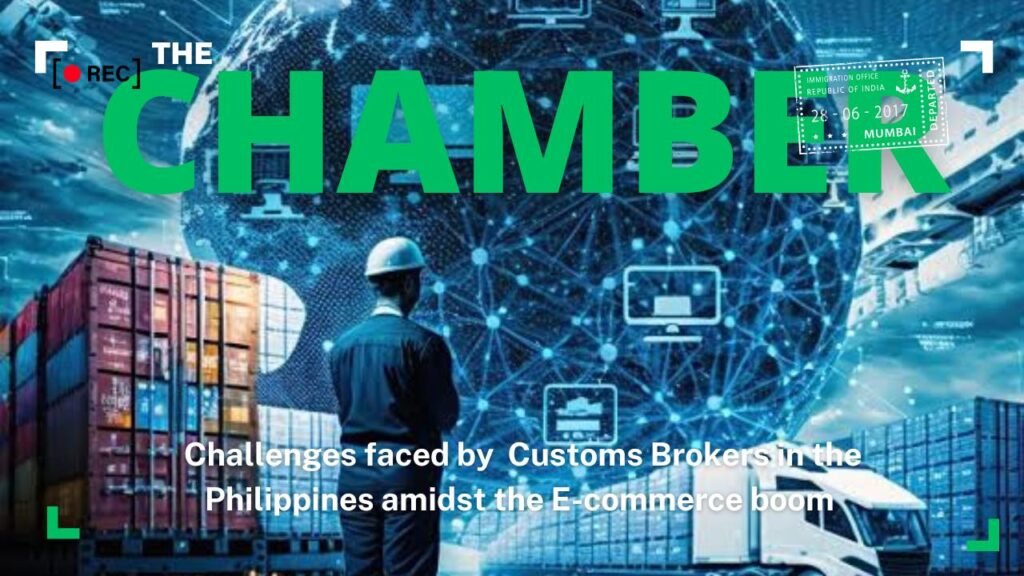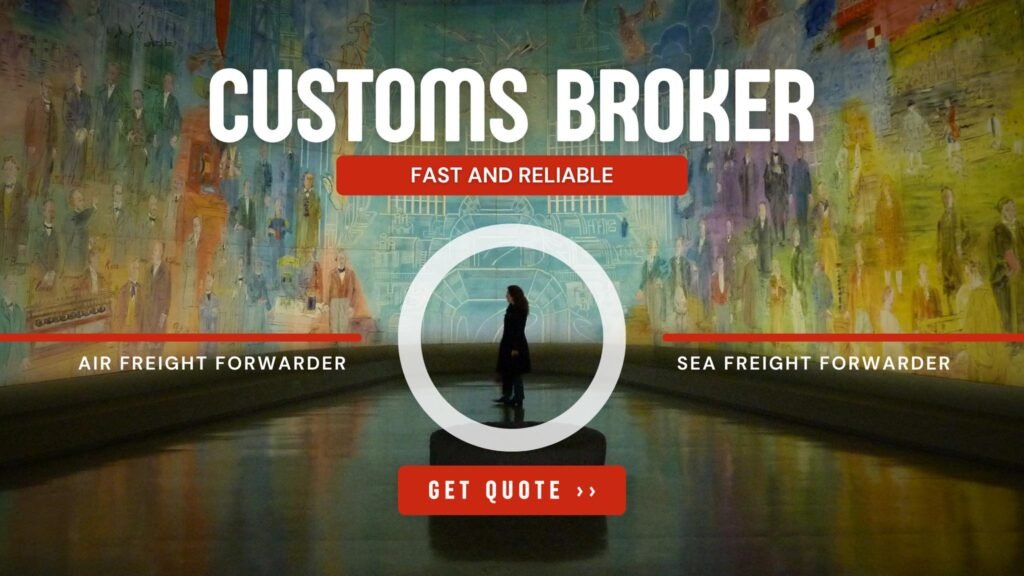The rise of e-commerce poses challenges for customs brokers in the Philippines amidst the surge in online trade. While it presents lucrative opportunities, it also introduces unique hurdles for customs brokerage. This article delves into the adverse impacts of e-commerce on customs brokerage in the Philippines, analyzing the obstacles brokers encounter in adapting to this changing landscape.
The emergence of the e-commerce boom has introduced complexities for customs brokers worldwide, including in the Philippines. This article examines the tensions between traditional customs brokerage practices and the rapid growth of e-commerce, shedding light on the challenges faced by brokers as they navigate this evolving landscape.
Customs Brokers Challenges
1. Escalating Workload and Complexity: The rapid expansion of e-commerce has resulted in a notable increase in the influx of cross-border shipments entering the Philippines. This surge places an immense burden on customs brokers responsible for expediting the clearance of these goods through customs protocols. The sheer volume of transactions, coupled with the diverse nature of e-commerce shipments, amplifies the complexity and duration of the clearance process, stretching the capacities of customs brokerage firms.
2. Regulatory Compliance Hurdles: E-commerce introduces distinct regulatory complexities for customs brokers in the Philippines. With a plethora of goods entering the country via online platforms, brokers must ensure adherence to a convoluted network of customs regulations, tariffs, and import duties. Furthermore, the swift evolution of e-commerce models and marketplaces often surpasses regulatory frameworks, leaving brokers scrambling to interpret and adjust to new regulations, resulting in potential delays and compliance issues.
Subscribe to the MyCCBI365 newsletter
1. Profit Margin Pressures: The fiercely competitive e-commerce landscape applies downward pressure on profit margins for customs brokerage firms operating in the Philippines. As online retailers and platforms prioritize cost-efficient shipping solutions, brokers contend with pricing pressures, often necessitating a reduction in service fees to remain competitive. This erosion of profit margins presents hurdles for brokers in sustaining viable business operations and investing in the necessary technology and resources to meet the demands of e-commerce.
2. Technological Disruption and Skills Gap: The digitalization of trade processes, fueled by the rise of e-commerce, demands the adoption of technology-driven solutions by customs brokers. However, many brokerage firms in the Philippines struggle to keep abreast of technological advancements due to resource constraints and a lack of digital infrastructure. Furthermore, the rapid evolution of technology widens the skills gap among customs brokerage professionals, necessitating continuous training and upskilling initiatives to stay relevant in the digital age.
3. Risks of Fraud and Non-Compliance: E-commerce transactions are vulnerable to various forms of fraudulent activities, such as goods misdeclaration, undervaluation, and the circulation of counterfeit products. Customs brokers in the Philippines encounter increased risks of inadvertently facilitating fraudulent schemes, which could lead to regulatory penalties and harm to their reputation. Moreover, the growing prevalence of illicit trade in e-commerce channels poses challenges for brokers in ensuring compliance with anti-smuggling measures and intellectual property protection regulations.
Customs Brokers Strategies to learn
To compete with the e-commerce boom, customs brokers can implement various strategies. These include specializing in niche markets to offer personalized services, integrating technology to streamline processes and provide real-time tracking, offering value-added services like compliance consulting, prioritizing excellent customer experiences through personalized support, conducting educational outreach to inform clients about regulations and best practices, collaborating with e-commerce platforms or logistics providers to offer integrated solutions, and maintaining adaptability by staying informed about industry trends and regulatory changes.
Conclusion: The e-commerce boom brings both opportunities and challenges for customs brokers in the Philippines. While it offers potential for business growth and market expansion, brokers face hurdles such as increased workloads, regulatory complexities, pricing pressures, and technological disruptions. To adapt, customs brokerage firms must invest strategically in technology, training, and regulatory compliance. By doing so, they can mitigate risks and capitalize on opportunities in the evolving e-commerce-driven trade environment. As the e-commerce trend reshapes global trade dynamics, Philippine customs brokers must remain agile, proactive, and resilient, ensuring efficient clearance of goods while upholding compliance and integrity in the customs process.
Prof. Angelene Rosadiño, Lcb









